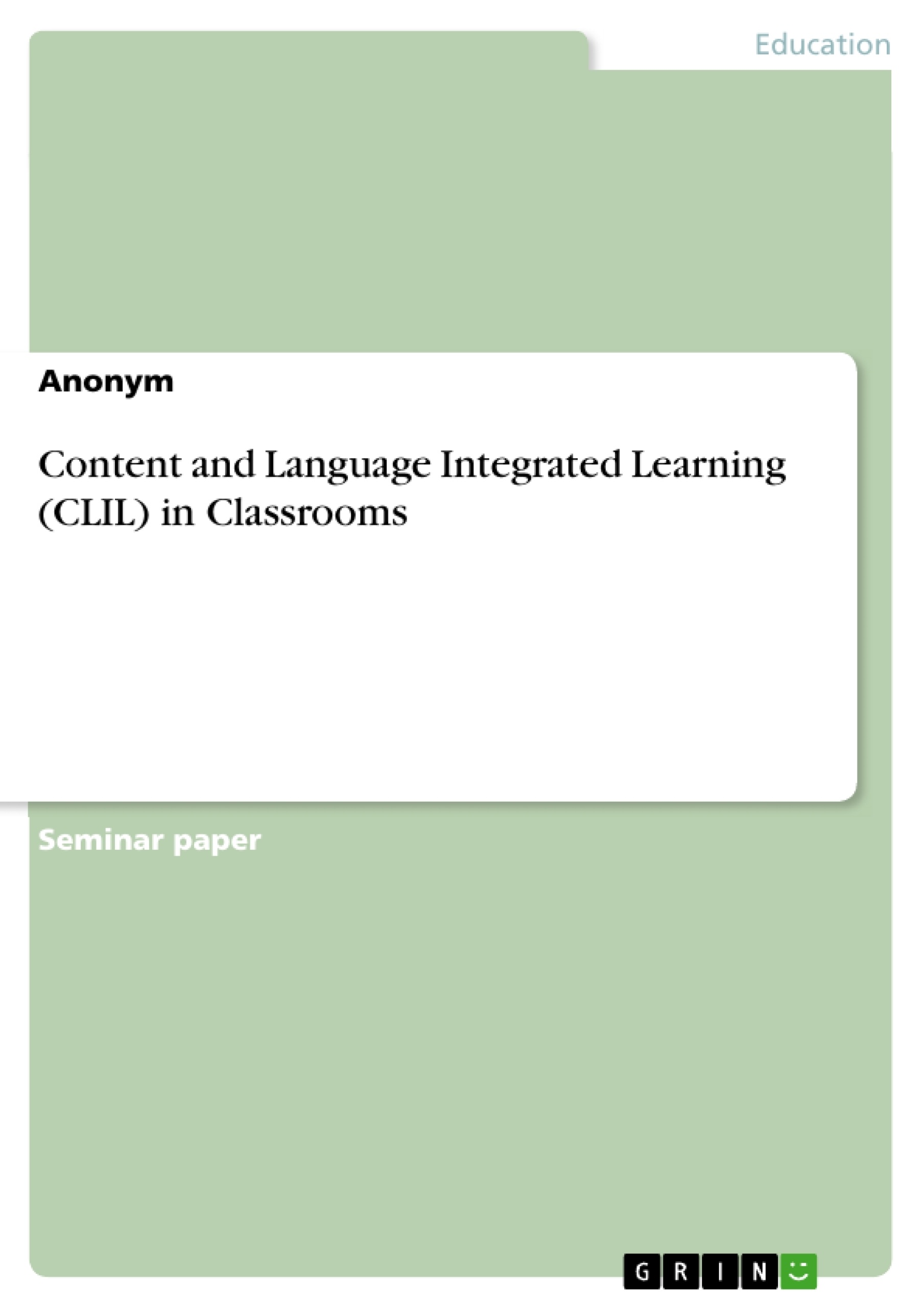Content and Language Integrated Learning (CLIL) can be defined as a dual-focused educational approach in which an additional language is used for learning and teaching both content and language. Thus, a CLIL lesson does not only focus on content but also on language and, furthermore, aims to prepare the pupils for an international society and to increase their awareness of other cultures. The given lesson combines the subjects Science and English and especially aims to increase pupils' interest in the natural phenomenon “the pond”.
The first chapter of this paper focuses on the general facts regarding my lesson followed by the consultation of the Science and English subject curriculum considering the lesson's contents, whereas the final paragraph deals with the description of the lesson's learning environment. The lesson plan is presented in the second segment of the paper, followed by the detailed analysis of the teacher talk based on the lesson's transcript. The subsequent part focuses on the teaching strategy “Scaffolding”, an approach describing a teacher's situated help for pupils in order to support their learning progresses. The assignment closes with the conclusion.
Inhaltsverzeichnis (Table of Contents)
- Introduction
- Analysis of my lesson
- Facts
- Aims
- Description of learning environment
- Lesson Plan
- Evaluation of the lesson
- Analysis of teacher talk
- Analysis of teacher talk, based on transcription
- Link to language learning theory
- Conclusion
- Bibliography
- Attachments
- Lesson materials
- Picture cards
- Word cards
- Transcript
Zielsetzung und Themenschwerpunkte (Objectives and Key Themes)
This paper analyzes a CLIL lesson about "the pond" conducted with third-grade pupils. The lesson aims to combine the subjects of Science and English, increasing pupils' interest in the natural phenomenon of "the pond" while expanding their vocabulary and promoting language acquisition.
- Integrating content and language learning through CLIL
- Developing vocabulary related to "the pond" and natural phenomena
- Applying language learning strategies like "Scaffolding" in a practical setting
- Enhancing communicative skills in English
- Exploring the natural world through hands-on activities and real-life experiences
Zusammenfassung der Kapitel (Chapter Summaries)
- Introduction: This chapter introduces the context of the analyzed lesson, explaining the purpose of the paper and defining CLIL as a dual-focused educational approach. It also outlines the objectives and structure of the lesson, emphasizing the importance of integrating content and language learning.
- Analysis of my lesson: Facts: This section provides details about the lesson's setting, including the date, location, participants, and a brief overview of the lesson's structure. It also mentions the specific curriculum guidelines for both English and Science that informed the lesson's design.
- Analysis of my lesson: Aims: This chapter elaborates on the lesson's objectives, considering both language-oriented and subject-oriented goals. It highlights the desired outcomes for the pupils in terms of both language acquisition and content knowledge.
- Analysis of my lesson: Description of learning environment: This section describes the physical setting of the lesson and the materials used, highlighting the role of the school garden and the pond as key learning resources.
- Analysis of my lesson: Lesson Plan: This section presents a detailed plan for the lesson, outlining the sequence of activities, including the introduction of new vocabulary, the game "What's missing?", and the exploration of the pond in the school garden.
- Analysis of my lesson: Evaluation of the lesson: This chapter provides a critical assessment of the lesson's effectiveness, examining the strengths and weaknesses of the chosen activities and their impact on pupils' learning.
- Analysis of teacher talk: This section analyzes the teacher's language used during the lesson, focusing on its role in promoting language acquisition and supporting student learning.
- Analysis of teacher talk: Link to language learning theory: This section connects the observed teacher talk to relevant language learning theories, explaining the pedagogical approach employed in the lesson and its alignment with research on effective teaching strategies.
Schlüsselwörter (Keywords)
This paper focuses on the implementation of CLIL, a dual-focused educational approach that combines content and language learning, in a third-grade lesson about "the pond." Key themes include the integration of Science and English subjects, vocabulary development, language learning strategies like "Scaffolding," communicative skills, and the exploration of natural phenomena through hands-on activities. This analysis utilizes a transcription of the teacher talk to examine the role of language in promoting learning and to connect it to relevant language learning theories.
- Quote paper
- Anonym (Author), 2020, Content and Language Integrated Learning (CLIL) in Classrooms, Munich, GRIN Verlag, https://www.hausarbeiten.de/document/1259023


